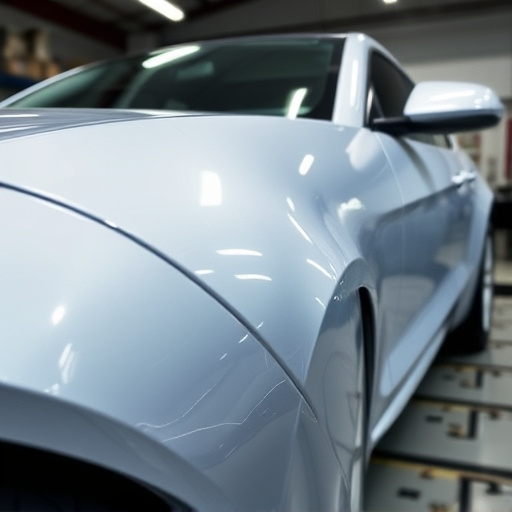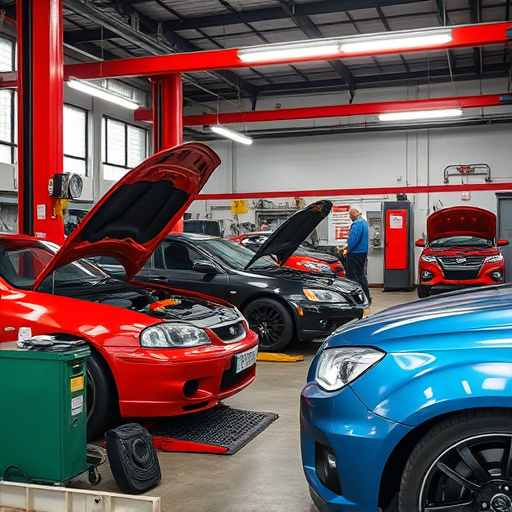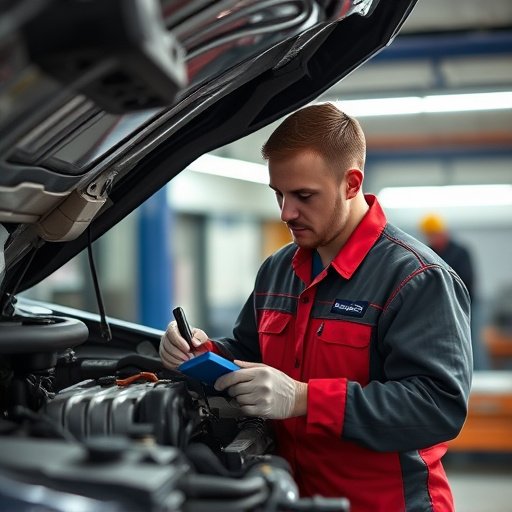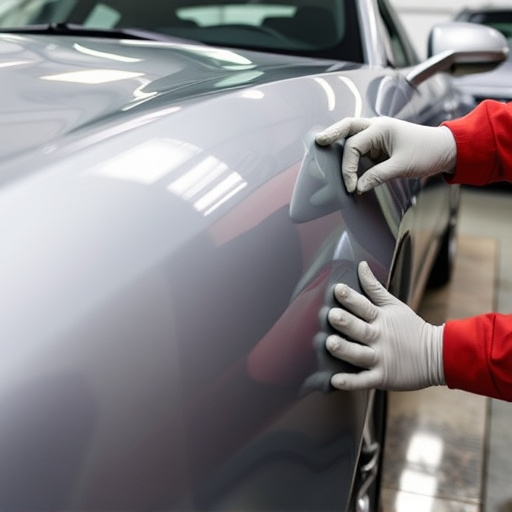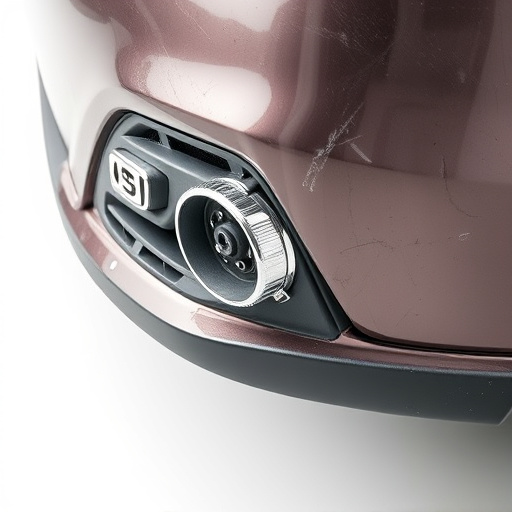Precision frame alignment is a critical process in automotive body shops, addressing misalignments caused by accidents or wear and tear. It optimizes tire wear, handling, and stability, enhancing safety features like brake performance and light positioning. Regular maintenance through scheduled checks ensures long-term benefits, including smoother steering, reduced wear, even tire wear, and an enhanced driving experience.
Precision frame alignment is a critical component of modern vehicle design, ensuring smooth and predictable steering. By meticulously adjusting the relationship between key structural elements, it enhances both vehicle performance and safety. This article delves into the intricacies of precision frame alignment, exploring its foundational role in steering accuracy, its impact on vehicle dynamics, and the strategies for implementing and maintaining this vital technology to ensure longevity and efficiency on the road.
- Understanding Precision Frame Alignment: The Cornerstone of Steering Accuracy
- How Precision Frame Alignment Improves Vehicle Performance and Safety
- Implementing and Maintaining Precision Frame Alignment for Longevity and Efficiency
Understanding Precision Frame Alignment: The Cornerstone of Steering Accuracy
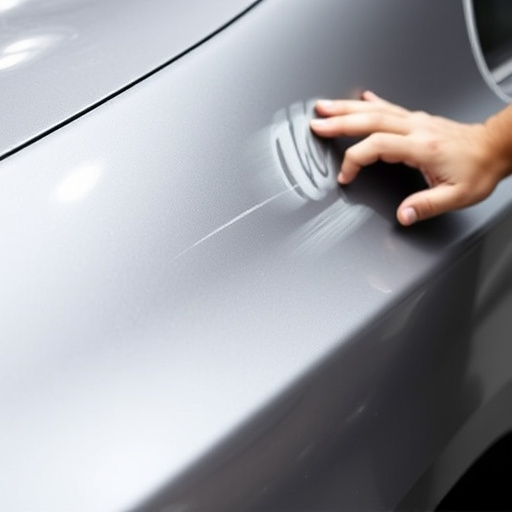
Precision frame alignment is a fundamental process that guarantees the accuracy and smoothness of a vehicle’s steering system. It involves meticulously adjusting various components within the car’s frame to ensure perfect alignment. This meticulous procedure is crucial for maintaining optimal handling, especially during sharp turns or on winding roads. When performed correctly, precision frame alignment ensures the wheels are perfectly aligned with the car’s centerline, minimizing tire wear and enhancing overall control.
This process goes beyond basic car repair services; it’s about revitalizing the vehicle’s structural integrity. Consider it as fine-tuning a symphony of metal and components to create harmony on the road. Just as dent removal fixes visual imperfections, precision frame alignment addresses mechanical imbalances, ensuring your drive is smooth, safe, and enjoyable.
How Precision Frame Alignment Improves Vehicle Performance and Safety

Precision frame alignment plays a pivotal role in enhancing both vehicle performance and safety. By ensuring that all components of a car—from the suspension to the steering system—are perfectly aligned, it significantly improves the driving experience. Aligned frames mean smoother handling, better tire wear, and increased stability at high speeds, thereby improving overall vehicle dynamics.
In an automotive body shop, this process is crucial for correcting any misalignments resulting from accidents or routine wear and tear. It’s not just about aesthetics; precise frame alignment also plays a vital role in the safe operation of a vehicle. Proper alignment ensures that brakes work optimally, lights are correctly positioned, and the car handles predictably, all of which contribute to preventing potential accidents and enhancing road safety for drivers, passengers, and other road users. Moreover, it can prevent costly car damage repairs and vehicle paint repair issues down the line, making precision frame alignment a critical service in any reputable automotive body shop.
Implementing and Maintaining Precision Frame Alignment for Longevity and Efficiency
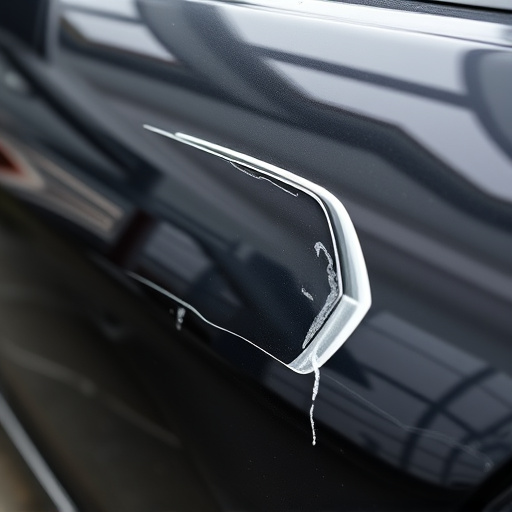
Implementing precision frame alignment is a cornerstone for ensuring smooth and predictable steering performance over the long term. By meticulously adjusting the vehicle’s structural components, this process minimizes wear and tear, enhancing both safety and efficiency. A well-aligned frame promotes even tire wear, reducing the need for frequent replacements and maintaining optimal traction on the road. Moreover, it contributes to better handling and control, making driving more comfortable and responsive.
Regular maintenance plays a pivotal role in sustaining the benefits of precision frame alignment. Scheduled checks and adjustments at recommended intervals by trusted collision centers or auto painting facilities are essential. These professionals employ specialized tools and techniques to identify and rectify any misalignments that may occur due to everyday driving conditions, such as uneven road surfaces or minor accidents. Proactive auto maintenance like this not only preserves the vehicle’s structural integrity but also ensures the driver enjoys a consistently safe and efficient driving experience.
Precision frame alignment is not just a technical term; it’s the key to achieving smooth, predictable steering, enhancing vehicle performance, and ensuring safety. By implementing and maintaining proper alignment, drivers can enjoy improved handling, reduced fuel consumption, and extended tire life. In today’s world where technology plays a pivotal role, understanding and prioritizing precision frame alignment is a game-changer for both motorists and the automotive industry at large.




